The message from other markets is no better, as gold and bonds have massively outpaced equities which themselves have been buoyed by late-cycle sectors such as utilities, real estate and consumer staples. After two straight quarters of declining year-over-year S&P 500 earnings, US manufacturing in contraction and the Treasury yield curve inverted in the classic recession indicator (also the first time since 2007), it is perhaps no wonder that corporate insider sales are at a high last seen in— you guessed it— 2007.
The tension of this environment has even been persistent enough to impact the normal relationship between expected and realized volatility known as the “volatility risk premium” (VRP). Used by many strategies including Alpha Seeker as a source of return, during bull markets VRP tends to be consistently positive as investors anticipate a rise in volatility that is slow to materialize. In bear markets, the opposite is true. In consolidating markets like the one since 2018, VRP is often marginal as expectations for increased volatility are frequently met or exceeded. In this environment, it is common to see VRP strategies consolidate along with equity markets, as evidenced by the stalling of option-selling strategies (CBOE PutWrite Index), inverse VIX ETPs (SVXY, ZIV) and Alpha Seeker since Feb 2018. Like bull and bear phases in equities, VRP moves in cycles and its recent behavior is suggestive of a major turn ahead for markets.
There is no system for anticipating 2am tweets that instantly turn the world upside-down. There is, however, historical precedent for periods of equity consolidation with a vanishing volatility risk premium and VIX percolating under 20. Not all have ended with bear markets, but many have. To borrow an old trading phrase, investors increasing beta or crowding into bonds at this juncture may only be “rearranging deck chairs on the Titanic” and could be left without a life raft when they need it most. Savvy investors understand that time to start thinking outside the box is while we’re still in it.
THEORY OF RELATIVITY
At TCM, our fundamental risk management philosophy is to own protection with VIX exposure only when it is underpriced. (Taking this one step further, Alpha Seeker also plays offense by selling VIX exposure when it is overpriced). Using our Volatility Dashboard, the “value” of VIX exposure is continuously assessed by comparing volatility expectations across various time frames. With this process, value in VIX is always a relative concept and tends to have an inverse correlation with the level of the VIX. While not an explicit input for our system, the level of the VIX can be used as a rule of thumb for anticipating its likely positioning.
In general, TCM strategies:
In the zone between 18 and 20, choppy portfolios and small back-and-forth trades are common as the dashboard looks for signs of a break in either direction. Especially in this zone, the goal with any trade is not a high win-rate, but rather high risk-reward. In other words, the system focuses on positioning portfolios for a substantial move out of the transition zone, even if it must scrap several trades in the process. This results in strategies that cover both ends of the volatility spectrum well, participating in bull markets while avoiding, cushioning or profiting from true bear markets.
With this framework, the experience during the congestion of the last 19 months comes into clearer focus. Since 2018, the VIX has returned repeatedly to the transition zone while refusing to settle decisively below 18 (as in bull markets) or over 20 (as in bear markets). Following the rule of thumb, during this period Alpha Seeker showed an cumulative profit both while the VIX was below 18 and while it was above 25, offset by paper cuts from the transition zone chop. Due to its cumulative hedging profits in the “high VIX” zone, during the same period Smart Index has outperformed the S&P 500 with lower volatility and drawdowns.
In the context of a consolidating market primed for a substantial break in either direction, this should be extremely encouraging– a quick look at the two ends of this spectrum explains why (click chart below to enlarge). After 2016’s 18-month consolidation finally broke to the upside in 2017, Alpha Seeker returned 24% with lower volatility than stocks, while Smart Index was true to its name and matched the index’s strong return that year. On the other hand, after 2007’s market consolidation devolved into the Financial Crisis of 2008, Alpha Seeker showed the strongest yearly gain in its backtest (41%), while the Smart Index backtest largely sidestepped the entire drop and was flat on the year.





